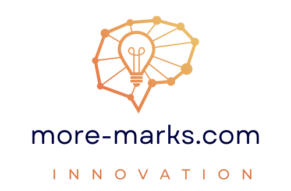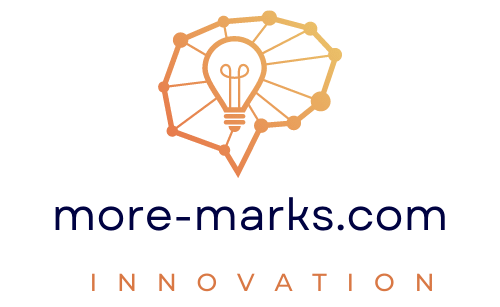What is an LLM? Understanding Large Language Models in AI
LLM, or Large Language Model, refers to a type of artificial intelligence model that has been trained on massive datasets of text to understand and generate human-like language. These models power technologies like chatbots, virtual assistants, automated content creation, and more.
1. What is a Large Language Model?
A Large Language Model is a deep learning model specifically trained on a large corpus of text data to understand context, semantics, and grammar. It can perform tasks such as language translation, question answering, summarization, and text generation.
2. How LLMs Work
LLMs are typically based on transformer architecture, which allows the model to process sequences of text with attention mechanisms. They learn by predicting the next word in a sentence, gradually improving their understanding of language structure and meaning through billions of parameters.
3. Popular LLMs in Use
- OpenAI’s GPT-4
- Google’s PaLM
- Meta’s LLaMA
- Anthropic’s Claude
- Mistral and Cohere’s language models
4. Key Applications of LLMs
- Chatbots and Virtual Assistants: Automating customer service and support.
- Content Generation: Creating blogs, emails, code, and more.
- Translation: Real-time multilingual communication.
- Search Engines: Enhancing query understanding and relevance.
- Education: Tutoring systems, exam preparation tools.
5. Advantages of LLMs
- Human-like language generation
- Scalable across multiple industries
- Quick deployment of automated solutions
- Improves with more data and training
6. Challenges and Concerns
Despite their benefits, LLMs come with challenges:
- Bias: May inherit biases present in training data
- Misinformation: Can generate plausible but false content
- Resource-intensive: Require significant computational power
- Ethical issues: Privacy, consent, and misuse concerns
7. The Future of LLMs
The evolution of LLMs is accelerating with innovations in training efficiency, fine-tuning techniques, and responsible AI development. As open-source models rise, accessibility to LLMs for developers and businesses is increasing globally.
8. Getting Started with LLMs
If you’re interested in exploring LLMs, start by learning Python and NLP basics. Platforms like Hugging Face, OpenAI API, and Google Colab offer accessible environments to experiment with pre-trained models.
Conclusion
LLMs are at the forefront of AI advancements. From chatbots to creative writing, these models are transforming industries. By understanding what LLMs are and how they work, you’re better equipped to navigate the AI-driven future.



